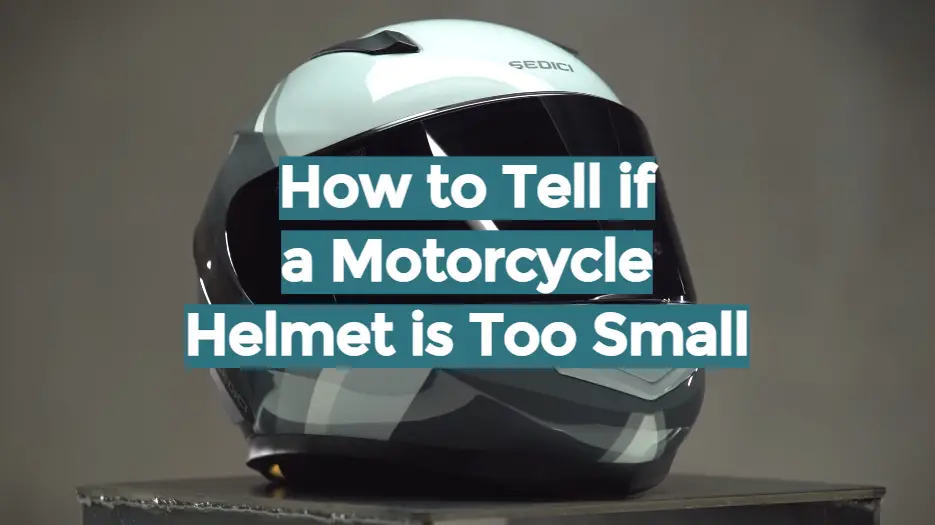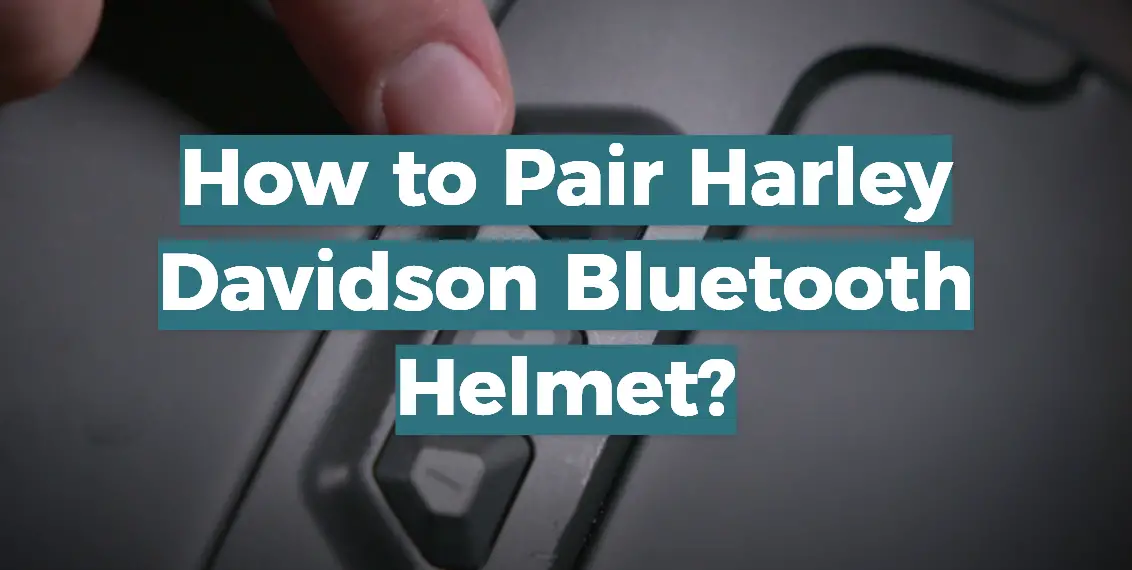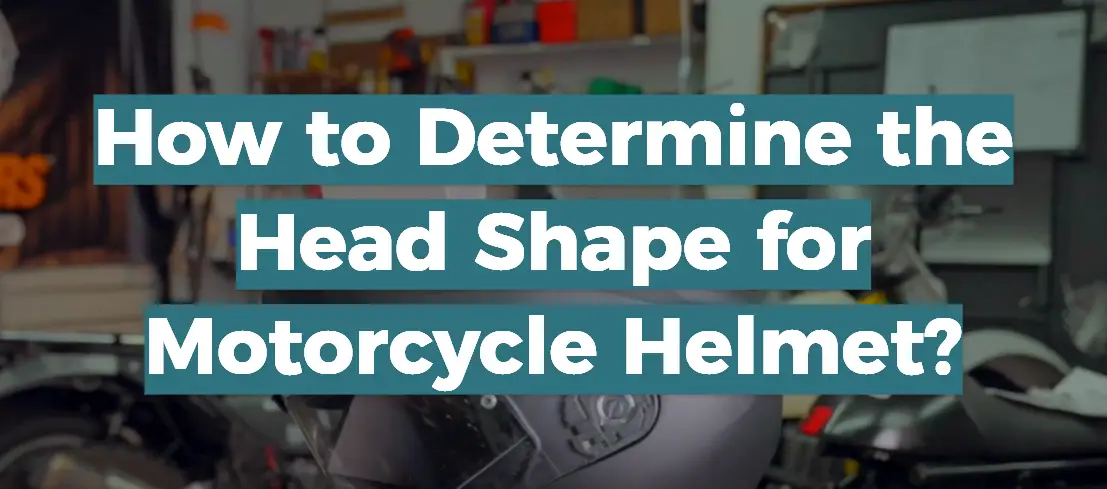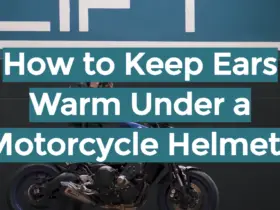A motorcycle helmet is very important for a motorcycle driver. If the user chooses a motorcycle helmet of the correct size, it guarantees head protection in an emergency. A motorcycle is all about speed, it can exclude such moments. Therefore, you need to buy a motorcycle helmet, and you need to select it not only by color or brand.
Table of Contents
What affects the size of a motorcycle helmet
The size of a motorcycle helmet depends on many factors. For starters, the size of the helmet depends on its inner shell. The inner layer acts as a shock absorber during shocks and falls. It comprises polystyrene foam of different densities. The manufacturer chooses the rules for the production of a motorcycle helmet. Because of this, a motorcycle helmet can have from 2 to 5 inner shells, up to 4 different cases. The sizes change. There are no clear criteria for this.
As a result, the rider will select the most accurate helmet size based on the number of shell sizes in one helmet model. A properly selected motorcycle helmet will ideally match the physiological features of the driver’s head structure.
When choosing a motorcycle helmet, we, first, pay attention to the size of the head and helmet. At the same time, not many riders know it is worth considering the individual shape of the head. These three criteria together will help a rider find and buy a helmet that will be ideal for his use on the road. The human head can take several forms. 60% of the world’s population has a long oval head. The second type of skull has 10-15%. It is a round head with extended sides at the temples. The third head type has the remaining population. This shape is intermediate-oval. It is wider and longer, not very tapering towards the temples.
Based on these criteria, manufacturers create their helmets for motorists. They are different, but the head shape is different as well. This way you can choose a helmet that will perfectly fit the shape of your head. For example, the Spanish brand LS2 makes a long oval shell for motorcycle helmets. Some companies consider the characteristics of two types of heads. Their helmets come in several versions. You can buy both helmets with a long oval and a round shape.
How to determine the size of a motorcycle helmet
There are several ways to determine which helmet size you need. We want to tell you about the simplest and most popular method. You only need a sewing meter to measure. Take a sewing meter and measure your head circumference. For the best result, apply the measuring tape to the widest part of your forehead. Defining this area is easy. Place your finger on your forehead, the distance from the palm down, and it will be exactly the place we are talking about. It’s about 1.5 – 2 inches.
For a more accurate determination, repeat the procedure several times to make sure that the measurement was carried out correctly. Write the result and use it when choosing a helmet online. There is always a specialist in the store who will help you perform such measurements. You can also try on a helmet in the store and see if it suits you or not. Having received the ready-made results, you can use a special table with the dimensions of motorcycle helmets and choose the one that you need.
So that everyone knows how to determine the size of a helmet to buy the required option, there is a general size chart:
- 20.87 – 21.26 inches is the XS helmet size;
- 21.65 – 22.05 inches is S size;
- 22.44 – 22.83 inches is M size;
- 23.23 – 23.62 inches is L size;
- 24.02 – 24.41 inches is XL size.
Depending on the manufacturer, the same head circumference can have two helmet sizes. Here, you need to try on both options. The helmet will sit on your head as tightly as possible, but you will not experience discomfort and is your size. A helmet of this size will not fall off your head during an impact and will provide maximum protection when wearing and riding a motorcycle.
Remember the fundamental rule. If you put on a helmet and experience pain, look for a different size. A helmet that is loose on the head will not provide protection. It will fly off your head at the first blow, and you are most likely to get injured.
Correct fitting helmet
Helmet dimensions may vary slightly depending on the manufacturer you choose. One brand may suit you in size L. For another manufacturer, a helmet with the same head circumference will have a size M. During the first fitting, the helmet may fit snugly and even press a little in the ears. Don’t be afraid of this. To determine how comfortable you will feel in this or that model of helmet, you need to put it on completely, fasten it. If the helmet is seated correctly on your head, you will feel the upper part of it touching the crown of your head. You can consider a helmet small when you feel more than just discomfort while wearing it, but pain. If you cannot put on a helmet without feeling pain, you need to choose a different size.
Another way to try on and determine if the helmet fits your head type is to snap the chin straps tight. Then try to move the helmet. Grab it by the edges or chin area to make sure the helmet doesn’t wobble. With such actions, feel that it fits snugly against the skin.
Next, you need to remove it from your head. If the helmet does not lend itself to you, and you cannot take it off, and the strap is tight, then you have chosen the right option. Such a helmet will reliably protect you in case of impact, it will not fly off, respectively, the injury in case of a fall or a frontal impact will be minimal.
Even then, you shouldn’t buy a motorcycle helmet right away. It so happens that after 5-10 minutes of wearing a motorcycle helmet, it may press. We advise you to put on a helmet and walk in it for up to 10 minutes. Also, visually assess the appearance of the dispatch. See that there are no production defects. The distance between the sides to the eyes must match. The top of the visor should not be much higher than the brows.
Make sure the glass is of excellent quality and installed correctly. To do this, put on a motorcycle helmet and focus on a distant object and turn your head. If the glass does not blur or otherwise distort the view, then you can safely buy such a helmet. It is important to test with a motorcycle helmet on the road, in motion. This will help the bike rider determine how comfortable the helmet is on the head and whether it causes discomfort with prolonged wear. Remember that the primary task of a motorcycle helmet is not only to be recognized on the road but, above all, for protection.
Other tips we need to know to choose the best helmet size
In order not to be mistaken when choosing a size, below we will tell you about a few simple tricks.
First, when you put on your helmet and zip it up, try shaking your head in different directions with short, sharp movements. Sometimes the helmet can sit freely on the head, dangle in different directions. This helmet is not fitted correctly. Using such a motorcycle helmet, the bike driver reduces his safety. During high-speed movement, the wind will blow in you, you will hear the whistle of the wind in the air.
The second thing we advise you to do is put the helmet on your head and shake it. After that, slide your index finger between the helmet and forehead, and at the temple. If your finger can easily slide through this hole, then you should try a helmet one size smaller. Most likely this size will suit you.
Third, take the helmet by the back with one hand and try to pull it off. Now shake it up and down. If the helmet slides up and down easily, then the size is wrong. You need the other. Don’t risk your safety and life.
Fourth, when you put it on and notice a lot of pressure and discomfort on the forehead, you may need to measure one size up. The longer you wear the helmet, the thinner the lining at the top of the helmets will become. But the discomfort in the part where the cheek pads are located, which are compressed from putting on and taking off the helmet, should not bring discomfort.
To conclude, we want to remember that each person has a different type of skull head. What will be convenient for your friend will not always suit you? It would be better to buy a motorcycle helmet in a specialized store, and not in an online catalog. Put your motorcycle helmet on, fell it on your head, and wait for about five minutes. You will understand how you feel yourself in this helmet and make sure it is putting too much pressure on your head.
FAQ
Is it better for a helmet to be too small or too big?
The ideal helmet fit is snug but not too tight. A helmet that’s too small may not protect your head properly in a crash, while one that’s too large can obscure your vision and hearing or even come off in an accident. If you’re unsure of what size to get, visit a local bike shop where trained experts can help you find the right fit.
How do you check if a helmet fits you properly?
There are a few ways to check if a helmet fits you properly. First, make sure the helmet is level on your head—the front of the helmet should sit about an inch above your eyebrows. Second, check that the straps form a “Y” shape just beneath your ears when fastened. You should be able to fit two fingers between the strap and your chin. Lastly, test the stability of the helmet by shaking your head from side to side and up and down. The helmet should stay snug in place without moving around. If it does move, readjust the straps or choose a different size.
Is it normal for a helmet to be tight?
A helmet should fit snugly and securely on your head in order to be effective. If it is too loose, it could come off in an accident. If it is too tight, it can be uncomfortable and can actually impede your vision. The best way to ensure that your helmet fits properly is to go to a bike shop and have them help you find the right size and style for your head.
Should a motorcycle helmet squeeze your cheeks?
A motorcycle helmet should fit snugly around your head, but it shouldn’t squeeze your cheeks. A good way to tell if a helmet is too tight is if it causes your cheeks to bulge out. If you have to force the helmet onto your head or if it feels uncomfortably tight, then it’s probably not the right size for you. When in doubt, always err on the side of a larger helmet size.
How long does it take a motorcycle helmet to break in?
It can take a few rides for a motorcycle helmet to break in and conform to the shape of your head. In the meantime, you can try wearing a thin beanie or skullcap underneath the helmet to help it fit more snugly. Additionally, make sure that the straps are adjusted properly so that the helmet isn’t too loose.
What are some tips for choosing the right motorcycle helmet size?
There are a few things to keep in mind when choosing the right motorcycle helmet size. First, measure your head circumference and compare it to the size chart of the helmet you’re considering. Second, try the helmet on to make sure it fits snugly but not too tightly. Third, if you’re still unsure, visit a local bike shop where trained experts can help you find the perfect fit.
What are some of the dangers of wearing a motorcycle helmet that’s too small?
If a motorcycle helmet is too small, it can actually be more dangerous than not wearing a helmet at all. A helmet that’s too small can impede your vision and hearing, and it can even come off in an accident. Additionally, a helmet that’s too small may not protect your head properly in a crash. When in doubt, always choose a larger size.
Should a motorcycle helmet move when you shake your head?
No, a motorcycle helmet should not move when you shake your head. If it does, the helmet is too loose and could come off in an accident. Make sure the straps are adjusted properly so that the helmet fits snugly but not too tightly on your head. Additionally, try shaking your head side to side and up and down—the helmet should stay in place and not move around. If it does, readjust the straps or try a different size.
Should a new motorcycle helmet be tight?
A new motorcycle helmet should be tight in order to provide the best possible protection. It is important to make sure that the helmet is not too loose, as this can increase the risk of injury in the event of an accident. The best way to ensure a proper fit is to try on the helmet before purchasing it.
Why does my motorcycle helmet hurt my head?
There are a few reasons why a motorcycle helmet might hurt your head. First, the helmet may be too small and be squeezing your head. Second, the straps may not be adjusted properly, causing the helmet to be too loose or too tight. Third, the helmet could simply be old and in need of replacement. If your helmet is causing you pain, try adjusting the straps or visiting a local bike shop for help with sizing and fit.
What happens if your helmet is too big?
If your helmet is too big, it won’t protect you as well in the event of a crash. A properly fitting helmet should be snug but not too tight, and should sit level on your head (not tilted back) with the front edge just above your eyebrows. If you can fit more than two fingers between your eyebrow and the front edge of the helmet, or if you can move the helmet side-to-side or up-and-down on your head, it’s too big. To make sure the straps are adjusted correctly, open your mouth halfway; the helmet should press down on top of your head as you do. The side straps should form a “Y” and meet right below your ear so that the mask stays in place. Once you’ve tightened the straps, grab the back edge of the helmet and try to roll it forward off your head. If it comes off, adjust the straps again.
How do you fix a tight motorcycle helmet?
There are a few ways to fix a tight motorcycle helmet. One is to adjust the straps. Another is to get a helmet that fits better. And finally, you can try to loosen the helmet itself.
If your helmet is too tight, it can be very uncomfortable and even dangerous. A tight helmet can impair your vision and hearing, and it can also cause neck and head injuries in a crash. That’s why it’s important to make sure your helmet fits properly.
Here are some tips for adjusting the straps on your motorcycle helmet:
- Loosen the chin strap so that you can easily put your finger between the strap and your chin.
- Adjust the side straps so that they’re snug but not too tight.
- If the helmet has a rear adjustment, use it to fine-tune the fit.
- Once you’ve adjusted the straps, put on the helmet and make sure it’s secure. Shake your head from side to side and up and down to check that the helmet doesn’t move.
If you can’t adjust the straps enough to get a comfortable fit, or if the helmet still feels too tight after adjusting the straps, you may need to get a different helmet. Be sure to try on several helmets before you buy one, and always buy from a reputable dealer.
It’s also important to keep your motorcycle helmet clean and in good condition. A dirty or damaged helmet can impair your vision and hearing, and it can also be less effective in a crash. Inspect your helmet regularly for signs of wear and tear, and clean it according to the manufacturer’s instructions.
What size helmet do I need for a 22 inch head?
There is no definitive answer to this question, as helmet sizes can vary depending on the brand and model. However, most brands will have sizing charts available on their websites, so it is a good idea to consult these before making a purchase. In general, a 22 inch head would correspond to a medium or large size helmet.
Why do motorcycle helmets look so big?
Motorcycle helmets look big for a few reasons. First, they need to be large enough to protect your head in the event of a crash. Second, they often have visors or face shields that help protect your eyes from the wind and sun. And finally, some people simply prefer the look of a larger helmet. Whatever the reason, there’s no need to worry about how your helmet looks as long as it fits properly and does its job.
What is the average motorcycle helmet size?
There is no definitive answer to this question as motorcycle helmet sizes can vary greatly depending on the make and model of the helmet, as well as the specific measurements of the person’s head. However, most motorcycle helmets range in size from XS to XXL, with XL being the most common size. Therefore, if you are looking for an average motorcycle helmet size, XL would be a good place to start.
What is the smallest helmet size?
The smallest helmet size is the XXS. This size is typically for those who have a head circumference of 20 inches or less. If you are unsure of your size, you can always measure your head with a tape measure to get an accurate measurement. Helmets should always fit snugly and not be too loose or too tight. If you have any questions about finding the right size helmet, please feel free to contact us and we would be happy to help you out.
Related Video: Properly Sizing a Motorcycle Helmet
Conclusion
Depending on the individual head shape and the helmets, we can feel uncomfortable in helmets from various makers. We may be more satisfactory in one helmet than another. It depends on the easy fit of the helmet, the diameter, and the stuff from which they made it. Lining, filling of different weights, inner border, and the use of the expansion of the cheeks also naturally change the bike rider’s feeling in one brand of motorcycle or another.
And before we finish, let’s remind you of the principal thing. The most powerful security for a motorcycle driver is using the right helmet. Take the selection of this accessory seriously. Your life, riding comfort, and comfort when putting on and taking off your helmet will depend on what your motorcycle helmet will be.






Leave a Reply